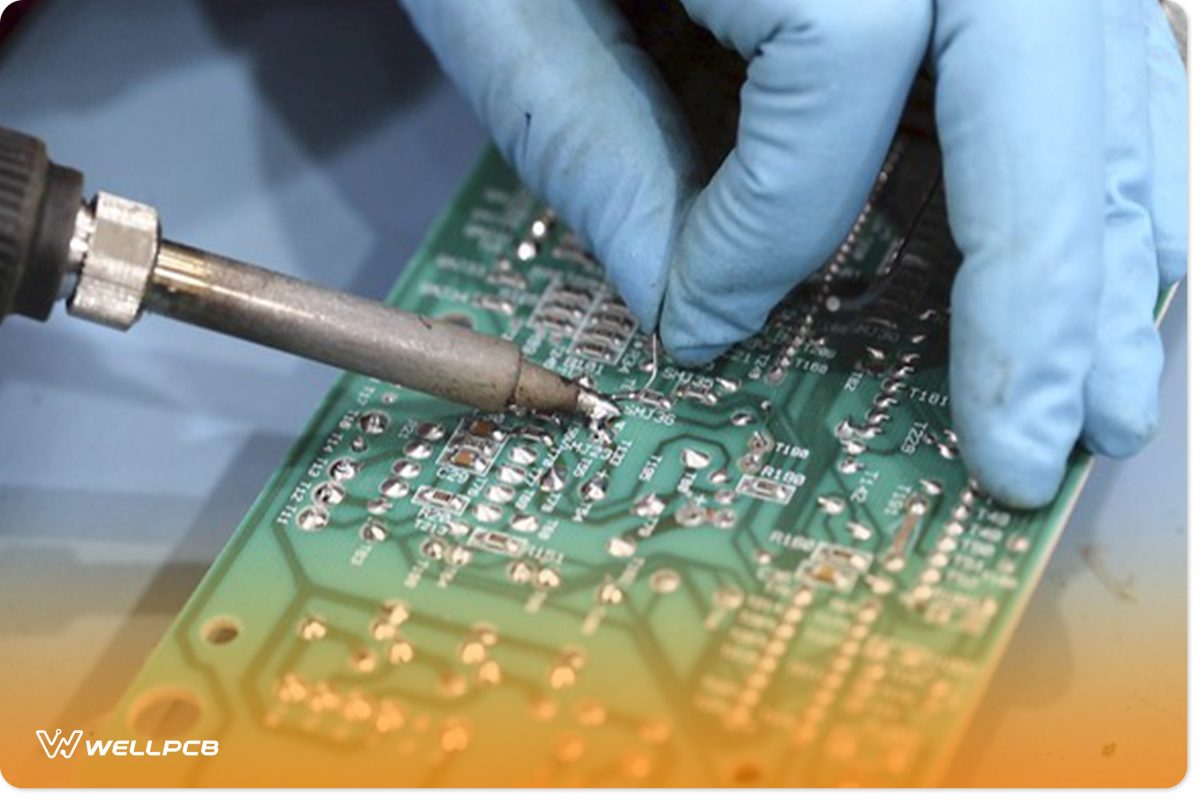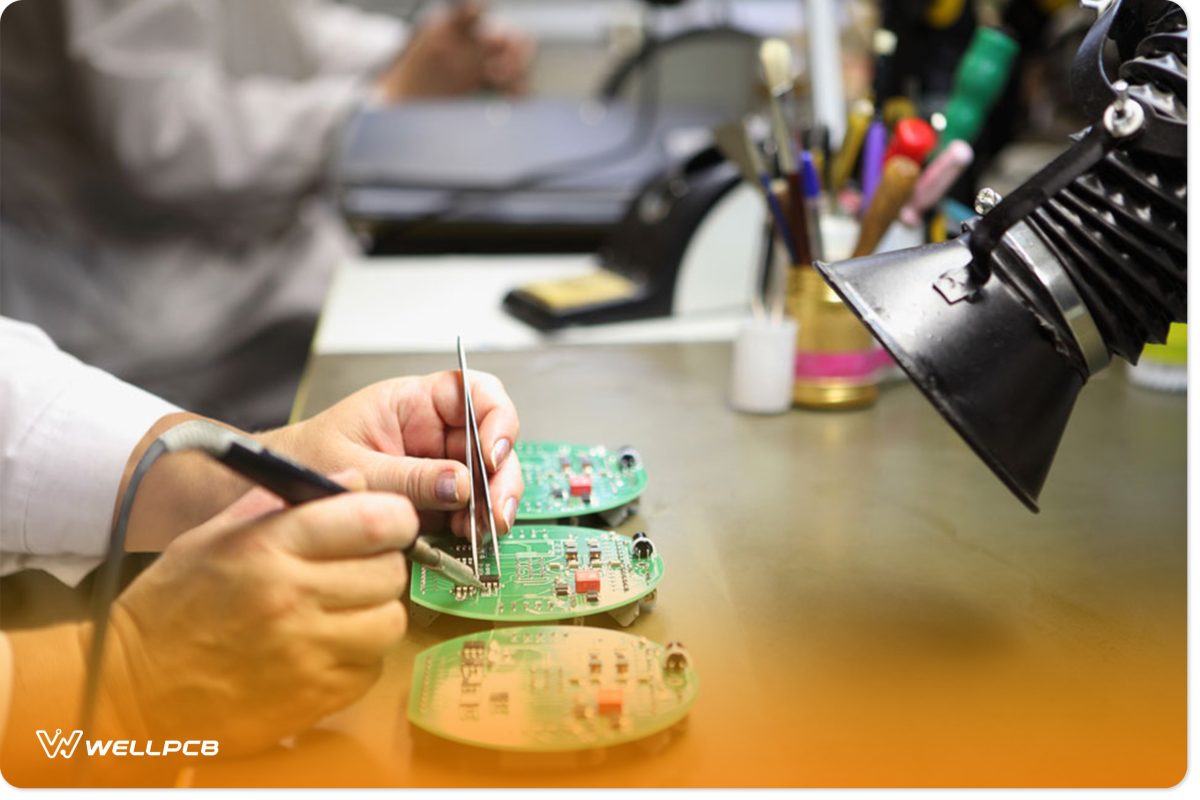Contents
Carry out intensive research on how to repair the circuit board
Beginners in the electronics industry can find a wealth of knowledge on improving circuit boards from training guides available on various PCB online sites. These guides will provide readers will all the information they need to know on repairing circuit boards. Users need to look for principles that are well-detailed and easy to understand. These will help you integrate the knowledge you gain with the PCB devices you want to repair in your workplace.

Make use of software programs
Many people have had the challenge of understanding the circuits in different print circuit boards. This has been made easy with various software programs that provide detailed diagrams of other PCB courses. Improved understating of these circuits is helpful and reduces on time wastages in any working place. The breakdown of the gadgets can be fixed quickly, and their functionality restored in the shortest time possible.

Maintain contact with PCB repair companies
Any firm, institution, or organization that deals with gadgets with printed circuit boards should have reliable connections for companies that sell the repair of printed circuit boards. Most of these companies have technicians who offer electronic repair services. It is necessary to get such contacts as they are helpful in situations of breakdown. You can get your device repaired quickly by merely contacting the companies. They may offer free consultation services as well.
Conclusion
Users of printed circuit boards don’t have to incur unnecessary costs for purchasing new gadgets every other time they get a breakdown. A simple repair can dramatically increase the shelf life of any electronic gadget. Utilize any of the ideas mentioned earlier to get the best experience with your PCB devices in the most cost-effective way possible.





